Backlinks are a necessary asset in the digital marketing industry.
Everybody needs them, but nobody wants to put in the real work to get them.
They can boost your rankings and give your website better strength to rank on Google.
But getting backlinks from reputable sources isn’t easy.
You can’t just get your site linked on a directory and expect to rank #1 on Google tomorrow.
Unfortunately, that’s not how it works.
You need high-quality sites to give you links.
But getting them isn’t easy, especially if you don’t have connections.
So, what do you do when you need good backlinks fast?
Thankfully, there are a few tools we can use to spy on our competition.
And you can bet that your competitor has some desirable backlinks.
You just need to figure out how to steal their hard work and get easy backlinks without campaigning.
And it’s definitely possible.
Here are the backlinks you should focus on and how to spy on your competitor to steal their hard work.
What backlinks you need to focus on
Backlinks are a marketer’s best friend.
But that doesn’t mean you should get just any backlink.
There is a reason why Google offers us a way to “disavow” backlinks.
Not all backlinks are created equal. Heck, some of them can even make your SEO worse or give you bad link juice.
Most people start by going to websites that allow them to buy backlinks.
Or, maybe they create another site to give themselves a free backlink.
Then they turn to directories in hopes of getting free backlinks from a known site.
But the fact is, nothing beats a real, organically-received backlink.
Directories don’t work. Why?
It’s because they give links to everyone who signs up or pays a small fee.
That means those links are not valuable. Google knows that it’s a directory. The search engines aren’t stupid.
They know that directories hand out links like candy, making them pass less link juice.
So, where do you start?
Well, let’s take a look at some data.
In 2016, Google released a Q&A video where Andrey Lipattsev, a Search Quality Senior Strategist at Google, plainly told us that links and content were the top two ranking factors.
In true Google fashion, they neglected to tell us the order of importance in which they fell.
But all in all, Google has blatantly told us that links are a massive factor in ranking your content.
In fact, it’s either the #1 or #2 most important.
If you want the short story, here it is:
You really need backlinks if you want to rank higher on Google.
It’s that plain and simple. Currently, there’s no way around it.
You could have the best content in the game, but if people aren’t linking back to it, Google doesn’t see it as powerful or informative.
But you can’t just get backlinks. Not any kind of link is going to do the trick.
Thankfully, all of this data can be backed up by a few studies, too.
According to a study of one million SERPs by Backlinko, a huge factor in top-ranking posts was total external backlinks:
The #1 ranking post on Google always had the most backlinks.
The more you have, the better.
But that doesn’t mean you can get any type of backlink. That’s not the message I want to send.
If you dig deeper into the Backlinko data, you find that the number of referring domains is a big factor too:
That means that the more individual (different) sites that link to you, the better.
You can’t get 100,000 backlinks from Quick Sprout and call it a day.
You need backlinks from diverse sources. You want multiple websites in different industries.
As tough as that sounds, there’s more.
You also need links from sites with high domain link authority:
Domain authority is a metric that gives websites a power rating on Google based on how influential and important the website is.
If you can get more backlinks from sites with higher domain authority, you’re going to get more link juice.
For example, you’d much rather have a link from abc.com with an 82 domain authority (DA) than a link from lmnop.com with a 31 DA.
When authoritative sites give you links, Google sees your site as authoritative, too.
To sum it all up, you need a triple threat of backlinks to find any real success or impact on your rankings:
- Total backlink amount
- Many different websites linking to you
- And links from high domain authority sites
Great! Now that you know this, it’s time to steal your competition’s hard work by prospecting for their links.
Spying on competitors’ backlink profiles
Now that you know the great importance of link quality, it’s time to spy on your competitors’ backlink profiles.
The goal here is to identify links that we just talked about: High-quality links from different sites.
First, I recommend starting a new spreadsheet on Google Sheets to keep track of some important data.
I like to note the domain and page authority of a given site as well as the content that they linked to.
For example, you can structure a spreadsheet like this:
I do this all the time when campaigning for links.
You want to include the site, DA, PA, content topic, and most importantly, a post or page from your website that aligns with their link history.
For example, if you find that a competitor has a link from XYZ.com about video marketing, you can insert a link from your site about a similar topic.
Now that you’ve created a spreadsheet, it’s time to prospect.
Load up Open Site Explorer and toss your competitor’s link into the search bar:
Hit search, and you can get an idea of how strong your competitor’s website is with the domain and page authority data.
You can also see the total links that a given page has. But remember that whatever URL you type in, the total link count is only for that URL, not the entire site:
To find the entire site link totals, click on “Compare Link Metrics” on the left side menu:
From here, scroll down to the bottom of the page to root domain metrics:
Total external links mean all of the backlinks to a given site rather than just the URL you typed in.
Next, you need to take three specific steps to start locating the best links.
- Select inbound links from the menu.
- Under the custom fields, select “this root domain” as your target, “only external” as your link source, and “link equity” as your link type.
- Click on the DA (domain authority) column to sort high to low.
Doing this will show you only external links (backlinks) to the entire website (root domain) that give SEO boosts (link equity).
Plus, it will sort the column from high to low, giving you a faster look at the top sites to focus on.
Once you’ve done this, it’s time to look for trends.
Are there specific posts that people are linking to more than others?
If so, jot that down in your Google Sheet. Be sure to list the URL of each link and the content topic.
Are there diverse sources linking to your competitors? Write them all down.
The goal here is to take copious notes on the specific sites that are linking and what the topic is that they are linking to.
This gives you insight into what those sites like to talk about, giving you an edge when it comes time to campaign for links.
Spy on specific posts
Once you’ve built up a decent list, it’s time to get more specific.
One common trend you will likely notice is that specific posts often garner tons of backlinks.
Why? That’s what we’re here to find out.
Take a popular link from your competitor and search it again in Open Site Explorer:
Keep your filters the same and scroll down to the inbound links section.
Now you can analyze all of the sites linking to a specific, singular topic.
If you’ve already created content about this topic or a similar topic, that’s great.
If you haven’t, then you might need to write a new post. But if you can get 10 links out of it, it’s worth it.
Try to focus on specific links that your competitor is getting related to topics that you’ve posted about.
Doing so eliminates almost all work involved in getting the link.
Once your Google Sheet looks something like this, you’re ready to steal their links:
The next part is to identify how they got those links and replicate the process.
For example, did they get it from a byline on a guest blogging post?
This is a popular technique that can land you backlinks from some of the best sites in your industry.
Most of the time, blogs will give you multiple byline links in exchange for your content.
It’s a great way to secure diverse backlinks with high domain authority.
If you can’t figure out how they got the link, don’t panic.
Even if you have no idea, you can quickly reach out to the company and start building a relationship.
Here’s how.
Reach out via email to get or exchange links
Marketing relationships are a give and take.
Nobody likes a person who constantly asks for things without giving a little in return.
Selfishness in the marketing industry isn’t acceptable by any means!
You can’t simply email someone and ask them for a link to your site without giving something of value back to them.
That’s just not fair for the other site and gives you a bad, freeloader image.
The last thing you want to do is ruin your reputation or become known as a spammer because you’re campaigning for links.
Link building comes from two things:
- Exceptional content (not your basic listicle-style post — a revolutionary article) and
- Cultivating real relationships.
To get started, head to the sites that you want to get links from.
If you can’t find their email or a way to contact them, try opening LinkedIn and locating their company page:
Usually, you can find the employees who work at the company within just a few minutes.
For example, if you head to HubSpot, you can see all of their employees:
Click on that link and it will take you to their employee list.
Next, you need to find their content marketing head or chief marketing officer.
You want to find the right contact who will have influence for the blog.
If there are thousands of employees, use the sidebar to search by keyword:
Using this, you can locate the right person to start building a relationship with.
For example, try searching by title with “content” to bring up content marketing leads.
Once you’ve done this, locate their profile. If you use LinkedIn Premium, you can send them a free InMail message rather than prospecting for emails.
This is a great way to connect organically.
Head to their profile and click “More…” Then, select the InMail option:
From here, you can type out a personalized message directly to the user.
Remember that you can only message someone you haven’t connected with if you have LinkedIn Premium.
When sending a message on LinkedIn, the key is to actually build a relationship.
It may be tempting to ask for links, but that’s a surefire way to get blocked or ignored.
Or worse, you can give yourself a bad reputation fast.
Think about it:
Would you rather have 20 links in the next year or 1 ( or maybe less) while damaging your brand?
The answer is obvious. SEO takes time. Don’t rush into things!
Try sending an InMail like this:
Hey ____,
I’ve been following some of your blog content for a while now.
It’s awesome. I try to read it every week. I loved your post on XX. It actually inspired me to write about the same thing.
I even linked to your original post as inspiration. If you want to check it out, here it is: XX
Anyway, keep doing what you’re doing! Let’s connect on here.
Best,
Neil
Type that message back into your LinkedIn InMail and hit send!
This is a great way to actually start a real relationship rather than annoy someone for a link with nothing in return.
Did you notice how I gave them a link to build trust and show that I wasn’t even asking for anything in return yet?
Doing this will surely give you trust and might even land you a link instantly.
It’s worked for me dozens of times.
If you can’t contact them via InMail, you need to find their email.
To do this, sign up for a free account on Voila Norbert.
Once you’ve created an account, you can find someone’s email in seconds.
All you have to do is head to your dashboard and type in the prospect’s name and company site:
Voila Norbert will then do a simple search and find that email in seconds.
But what if you already have an email list from somewhere else? You can upload it and verify the emails through the program too:
Next, it will drop that email into your list automatically, giving you a verifiable email!
It’s my favorite tool when it comes to email prospecting and building an accurate email list without connections.
Next, open up your email account and type in that message to your prospect, making sure to customize it for their history and work experience.
As always, be natural. Don’t beg for links and don’t ask for anything up front.
Show them that you have value to offer before asking them to return the favor!
Link building doesn’t have to be boring, annoying, or demanding. Just focus on adding value and you’ll quickly see links come in.
Conclusion
Backlinks are one of the most sought-after search engine optimization items in the business.
Everybody wants more backlinks, but nobody wants to do the work required to get them.
Do you want to rank higher in a given Google search result? You can’t do it with zero backlinks.
Even if the keyword has a search volume of 0, it’d still be tough without any backlinks.
Most people turn to directories for backlinks. But Google isn’t fooled.
Directories give backlinks to everyone, making them less valuable than a backlink from a real industry site.
So what do you do? How do you get more real, high-quality links?
Go spy on your competitors.
Research their backlink profiles to see which sites are giving them links and why.
Next, get more specific. What blog posts or pages are getting the most links? Why?
Once you’ve figured it out, replicate the process. Guest blog, conduct outreach, or do anything you can do to get that link.
If you don’t know how they got it, you can always conduct outreach.
But remember: Be natural and don’t beg for links.
Establish real relationships that have a mutual benefit!
Backlinks are one of the critical keys to ranking on Google. Do you want to boost your rankings?
Spy on your competitors, steal their hard work, and watch your business achieve scalable growth.
What methods have you used to gain more backlinks to your site?

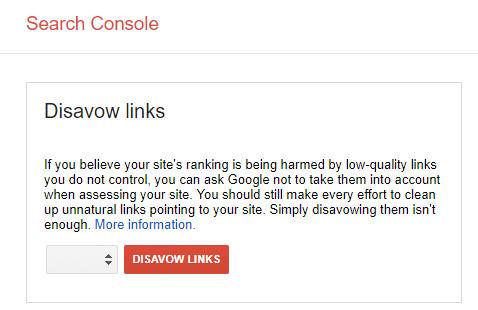

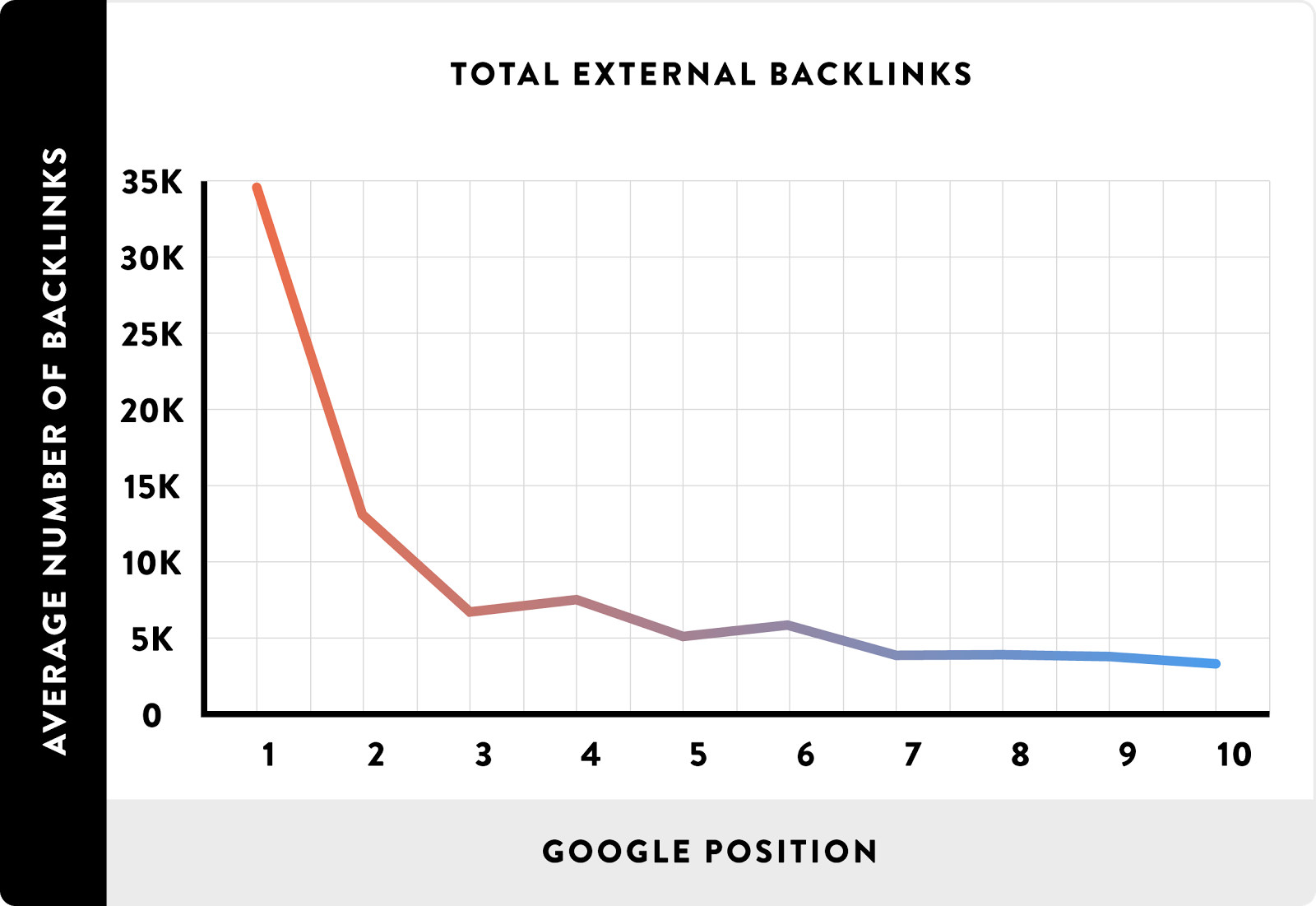
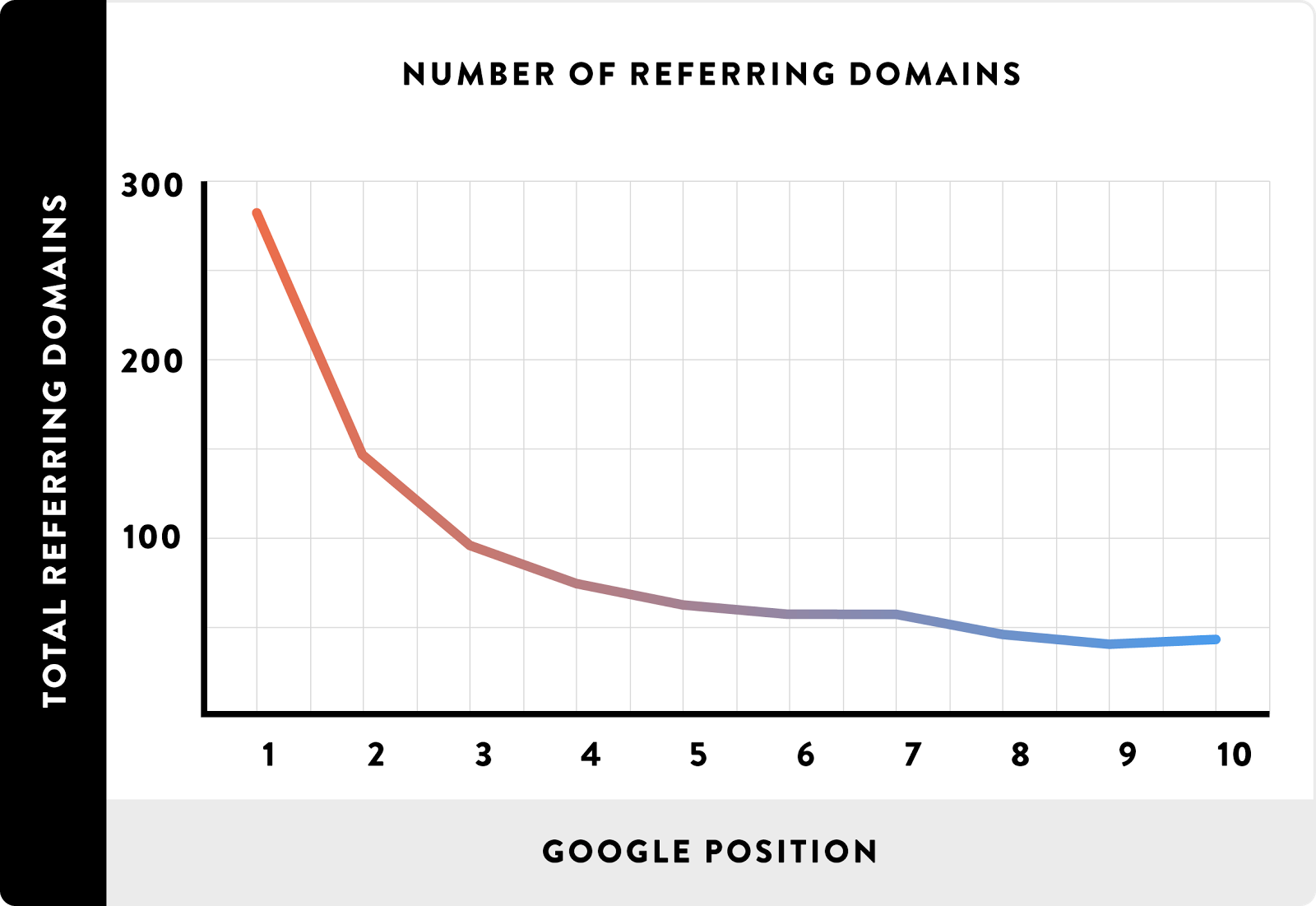




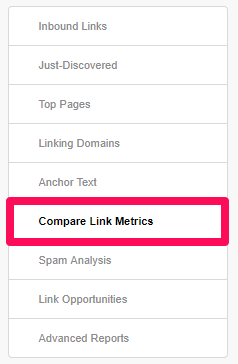
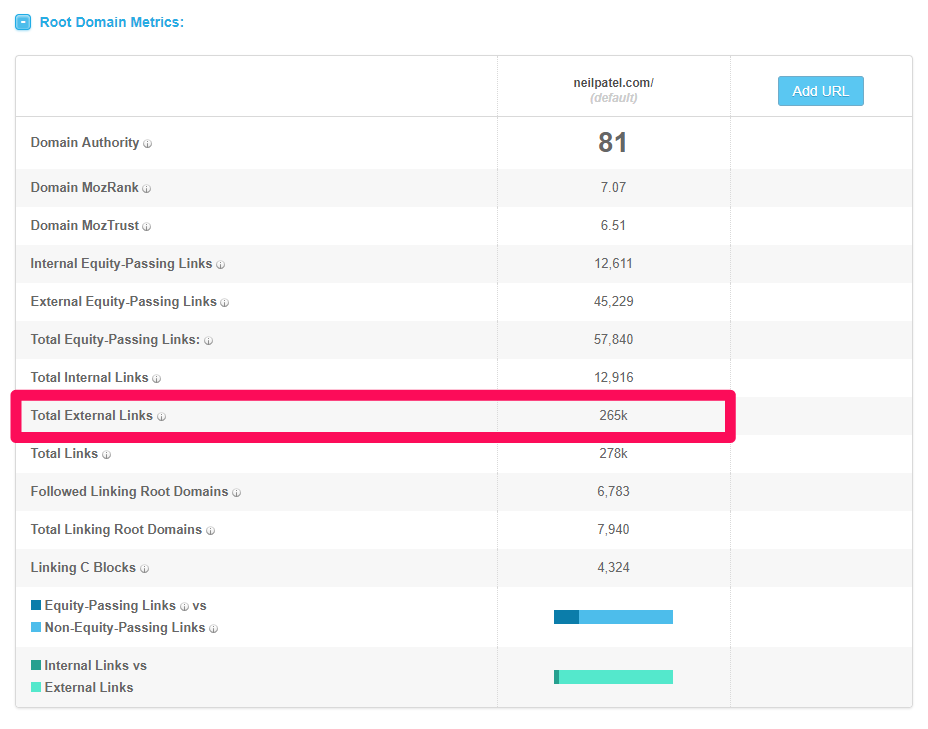
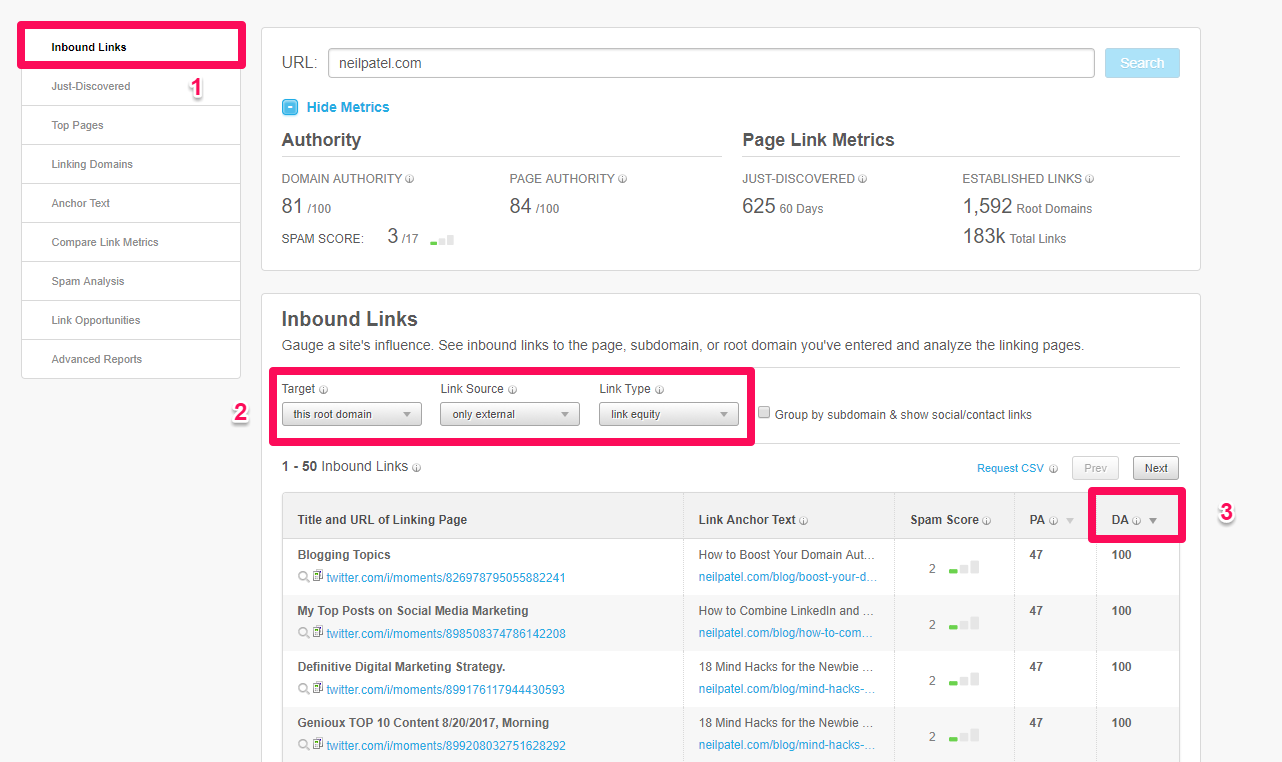
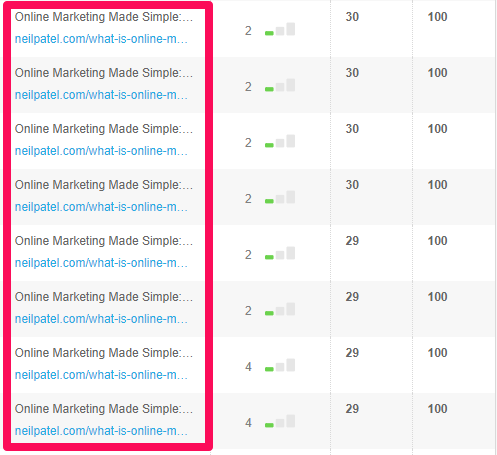



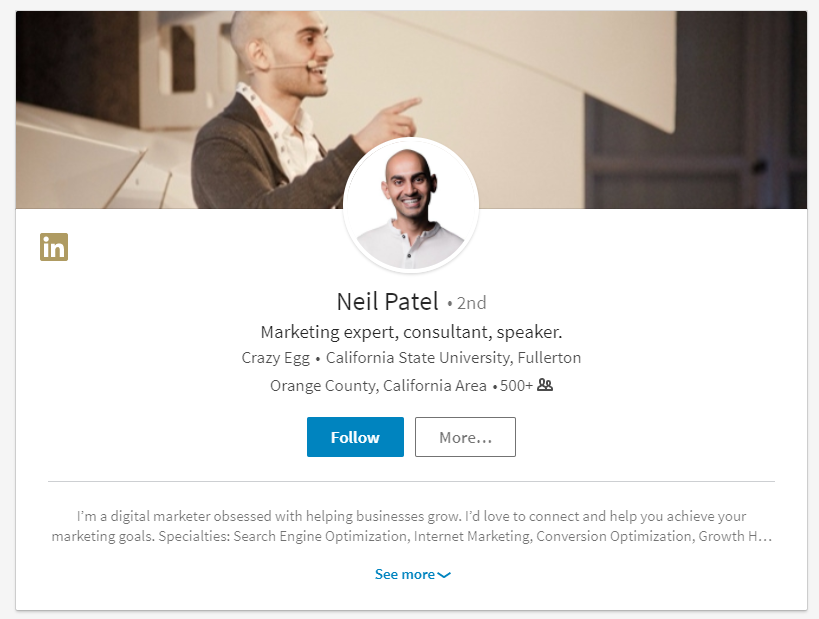

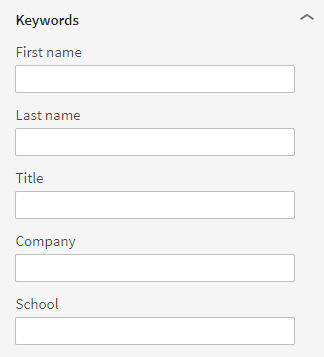
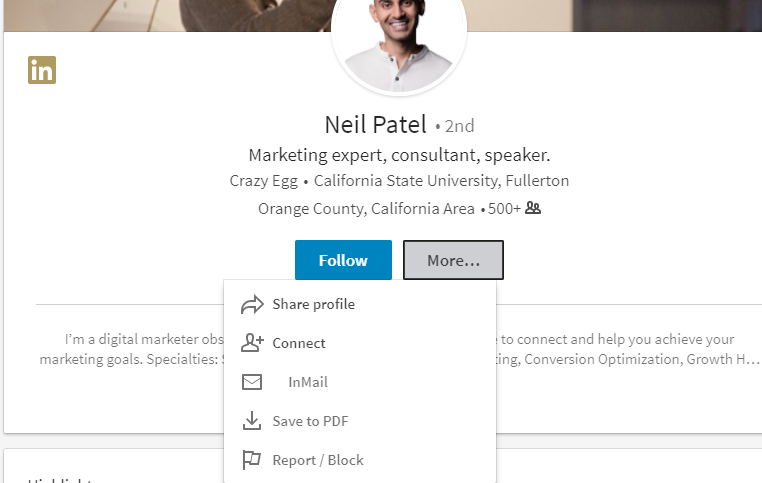
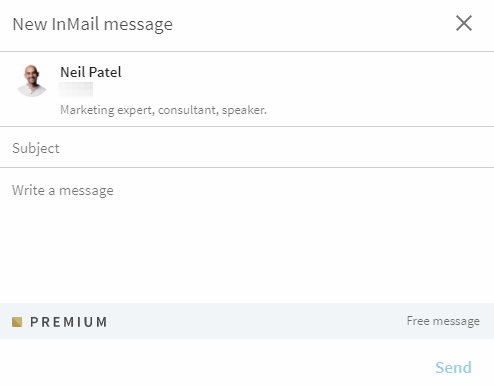
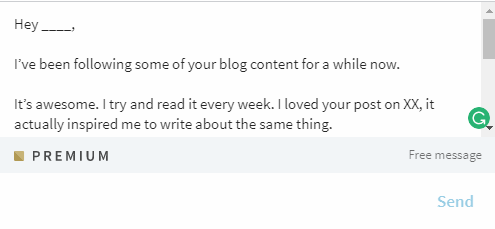


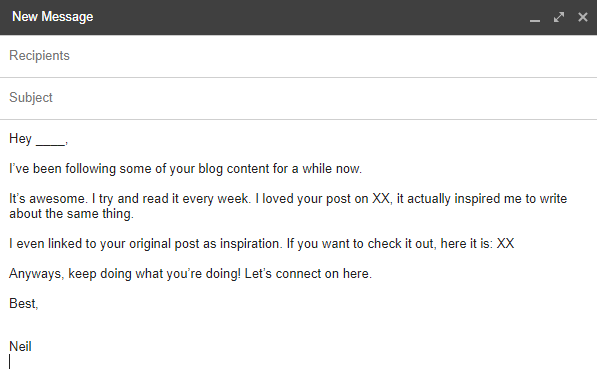
Comments (79)